Pastures, circa 1925
Oil on canvas, signed lower left
38.50 x 61.50 cm
It was with the Avignon master Pierre Grivolas rather than at the Marseille School of Fine Arts where he had studied under the direction of Dominique Magaud from the age of thirteen, the young man's artistic personality asserted itself. Although he draws his inspiration from Provençal roots, he nevertheless disengages quite early from the representation of local morals and customs favored by his master in order to anchor his work in the land itself. He will be a landscape painter.
From 1885, he participated in the Salon des Indépendants and it was Le Barc de Boutteville, which was the first to devote a special exhibition to him in its Parisian gallery in 1897. Two years later, Seyssaud enjoyed the favors of Ambroise Vollard and his particular hanging is a success with amateurs. An exhibition at the Bernheim-Jeune gallery in 1901 crowned this Parisian trilogy.
Seyssaud also began an ongoing collaboration with the cabinetmaker and decorator Eugène Printz. But these forays into the capital's galleries did not continue because Seyssaud remained loyal to François Honnorat, a Marseille merchant with whom he joined forces in order to sustainably improve his material condition.
With fragile lung health, the urban environment made the painter uncomfortable and it was as much by obligation as by choice that he settled in the countryside, on an isolated farm. There he married a peasant woman from Vaucluse. Living with her and her family in Villes-sur-Auzon (Vaucluse) and Saint-Chamas (Bouches-du-Rhône), he deepened his knowledge of the peasant condition, the calendar of work in the fields, its harshness.
Seyssaud's work is attached to nature in its vastness and fullness: the earth, the sky, everything they support and cover, including man since he is also the fruit of it. In his peasant compositions, the strength of color echoes the forces present, those of nature, of the seasons; men become one with the earth from which they derive the benefits they need through work. In February 2015, the first monograph of the artist written by Claude-Jeanne Bonnici appeared, responding to the expectations of a growing number of amateurs seduced by the power of this painting and wanting a study of this magnitude to finally be devoted to it.




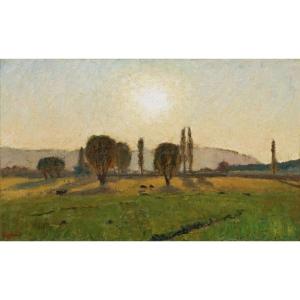






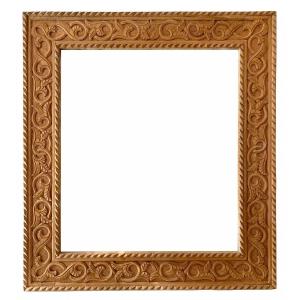
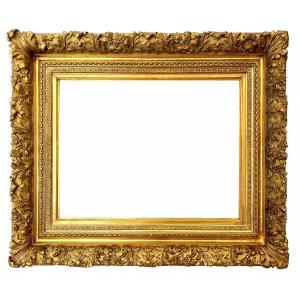
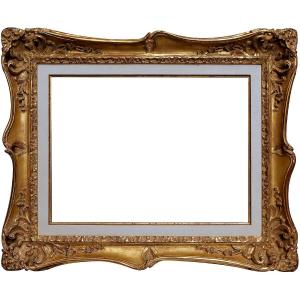




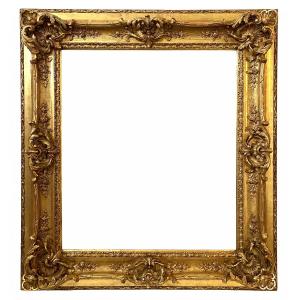





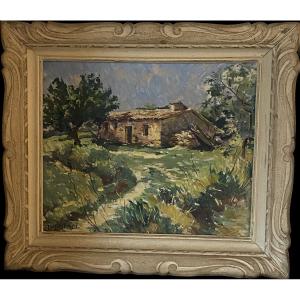


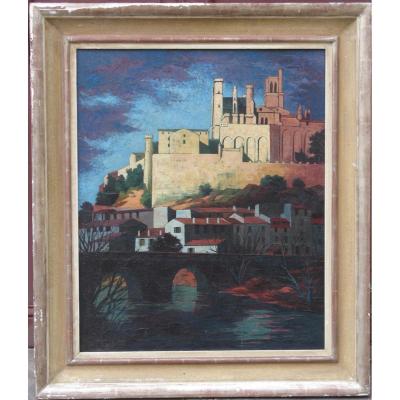



 Le Magazine de PROANTIC
Le Magazine de PROANTIC TRÉSORS Magazine
TRÉSORS Magazine Rivista Artiquariato
Rivista Artiquariato